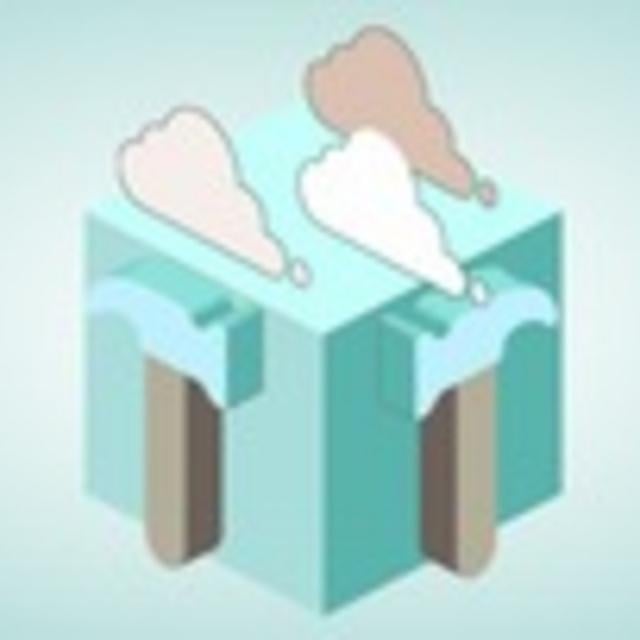MOOC List is learner-supported. When you buy through links on our site, we may earn an affiliate commission.

MOOC List is learner-supported. When you buy through links on our site, we may earn an affiliate commission.
Cloud applications and data analytics represent a disruptive change in the ways that society is informed by, and uses information. We start the first week by introducing some major systems for data analysis including Spark and the major frameworks and distributions of analytics applications including Hortonworks, Cloudera, and MapR. By the middle of week one we introduce the HDFS distributed and robust file system that is used in many applications like Hadoop and finish week one by exploring the powerful MapReduce programming model and how distributed operating systems like YARN and Mesos support a flexible and scalable environment for Big Data analytics. In week two, our course introduces large scale data storage and the difficulties and problems of consensus in enormous stores that use quantities of processors, memories and disks. We discuss eventual consistency, ACID, and BASE and the consensus algorithms used in data centers including Paxos and Zookeeper. Our course presents Distributed Key-Value Stores and in memory databases like Redis used in data centers for performance. Next we present NOSQL Databases. We visit HBase, the scalable, low latency database that supports database operations in applications that use Hadoop. Then again we show how Spark SQL can program SQL queries on huge data. We finish up week two with a presentation on Distributed Publish/Subscribe systems using Kafka, a distributed log messaging system that is finding wide use in connecting Big Data and streaming applications together to form complex systems. Week three moves to fast data real-time streaming and introduces Storm technology that is used widely in industries such as Yahoo. We continue with Spark Streaming, Lambda and Kappa architectures, and a presentation of the Streaming Ecosystem. Week four focuses on Graph Processing, Machine Learning, and Deep Learning. We introduce the ideas of graph processing and present Pregel, Giraph, and Spark GraphX. Then we move to machine learning with examples from Mahout and Spark. Kmeans, Naive Bayes, and fpm are given as examples. Spark ML and Mllib continue the theme of programmability and application construction. The last topic we cover in week four introduces Deep Learning technologies including Theano, Tensor Flow, CNTK, MXnet, and Caffe on Spark.
Course 4 of 6 in the Cloud Computing Specialization.
Syllabus
WEEK 1
Course Orientation
You will become familiar with the course, your classmates, and our learning environment. The orientation will also help you obtain the technical skills required for the course.
Spark, Hortonworks, HDFS, CAP
In Module 1, we introduce you to the world of Big Data applications. We start by introducing you to Apache Spark, a common framework used for many different tasks throughout the course. We then introduce some Big Data distro packages, the HDFS file system, and finally the idea of batch-based Big Data processing using the MapReduce programming paradigm.
WEEK 2
Large Scale Data Storage
In this module, you will learn about large scale data storage technologies and frameworks. We start by exploring the challenges of storing large data in distributed systems. We then discuss in-memory key/value storage systems, NoSQL distributed databases, and distributed publish/subscribe queues.
WEEK 3
Streaming Systems
This module introduces you to real-time streaming systems, also known as Fast Data. We talk about Apache Storm in length, Apache Spark Streaming, and Lambda and Kappa architectures. Finally, we contrast all these technologies as a streaming ecosystem.
WEEK 4
Graph Processing and Machine Learning
In this module, we discuss the applications of Big Data. In particular, we focus on two topics: graph processing, where massive graphs (such as the web graph) are processed for information, and machine learning, where massive amounts of data are used to train models such as clustering algorithms and frequent pattern mining. We also introduce you to deep learning, where large data sets are used to train neural networks with effective results.
MOOC List is learner-supported. When you buy through links on our site, we may earn an affiliate commission.
MOOC List is learner-supported. When you buy through links on our site, we may earn an affiliate commission.
